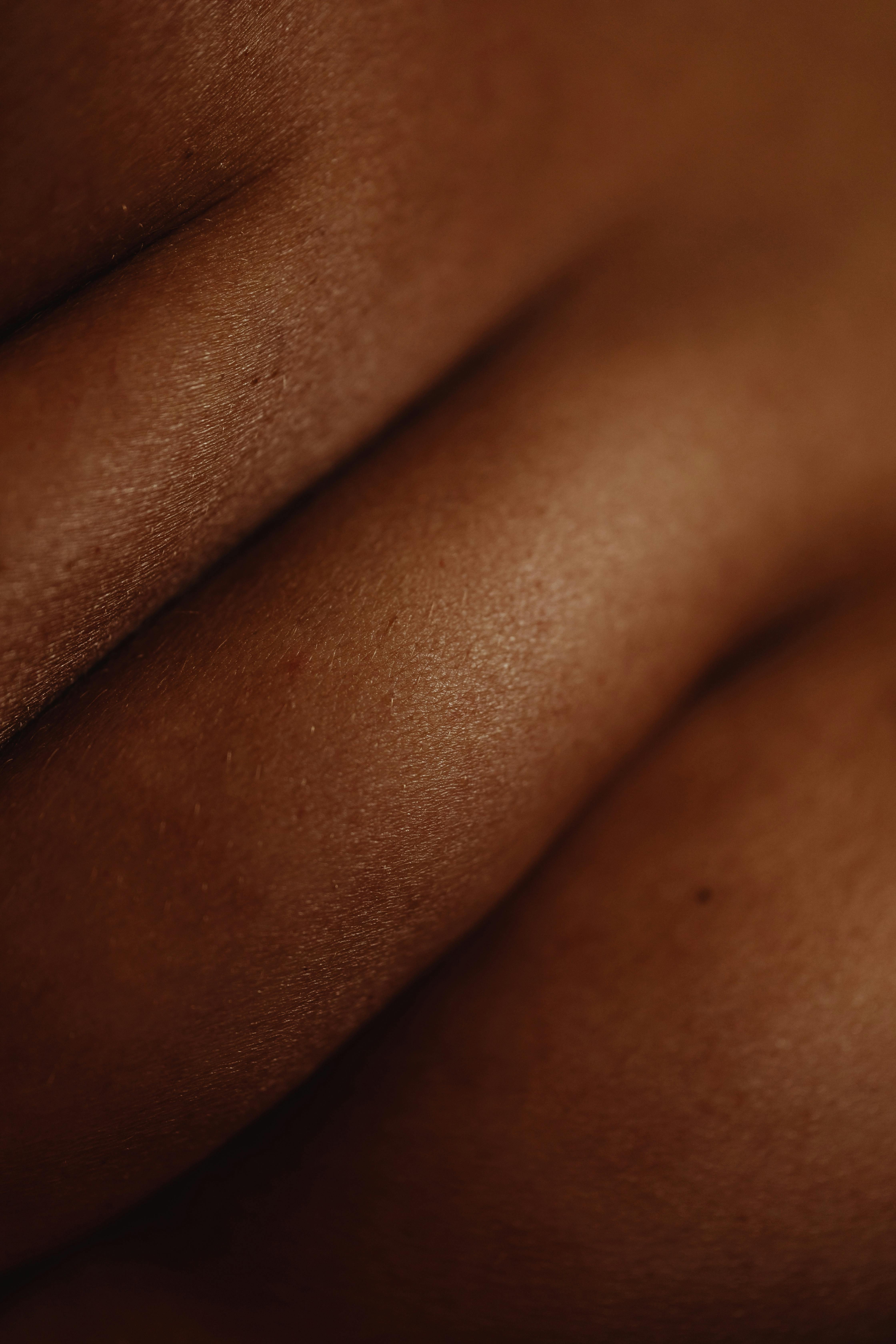Effective Ways to Sharpen a Knife in 2025: Improve Your Cutting Skills Today
Knives are essential tools in any kitchen, and knowing how to sharpen a knife properly will significantly improve your cooking experience. In 2025, various innovative tools and techniques have emerged, making knife sharpening more accessible than ever. In this guide, we’ll delve into effective knife sharpening practices, explore various techniques, and provide practical tips for maintaining the sharpness of your knives.
Understanding Knife Sharpening Techniques
Knife sharpening is an art that combines different techniques to achieve a razor-sharp blade. From utilizing sharpening stones to electric knife sharpeners, the methods you choose can influence your cutting performance. The primary aim is to restore a fine edge on your knives, ensuring safer and more efficient cutting. Here, we will examine the most popular knife sharpening techniques suitable for chefs and home cooks alike.
Whetstone Sharpening: The Traditional Approach
One of the most respected methods is whetstone sharpening. This technique involves using a flat stone that you can lubricate with water or oil to smooth the blade edge. To achieve optimal sharpness, maintain the appropriate sharpening angles, which typically range from 15 to 20 degrees for kitchen knives. A best practice is to start with a coarser grit (around 1000) for edge restoration, then finish off with a finer grit (~3000-8000) for honing the blade.
Electric Knife Sharpeners: Convenience at your Fingertips
For those seeking speed and efficiency, electric knife sharpeners offer a quick way to sharpen your knives. These devices automate the sharpening process, eliminating the need for skillful hand movements. While they may not provide as controlled a sharpen as manual methods, they can be effective for regular kitchen knife care, especially for busy cooks. Be mindful of the blade type, as sharpening guides are often built into the machines to accommodate different knife styles.
Sharpening Steel: Maintaining Your Blade's Sharpness
A sharpening steel is a versatile tool every cook should have. While it doesn't actually remove metal from the blade, it helps realign the edge, allowing for smoother and more precise cuts. Incorporating honing into your regular knife maintenance routine can extend the time between full sharpenings, preserving your knife's longevity. Use this tool with firm strokes at the right angle, preferably before using the knife, to ensure optimal sharpness.
The Importance of Knife Maintenance
To maintain knife performance, understanding a consistent knife maintenance routine is essential. Simple practices can prolong the life of each knife, improve cutting skills, and ensure safety in the kitchen. Regularly checking for signs of dullness and knowing the correct sharpening frequency are vital in maintaining cutting efficiency.
Common Knife Mistakes and How to Avoid Them
Several common mistakes can hinder your knife sharpening efforts. One is using the wrong sharpening angles—most modern kitchen knives require a sharper blade angle than what is used for hunting knives. Another mistake is skipping the honing process. Remember, sharpening should be complemented by regular honing to keep the blade aligned. Additionally, improper storage of knives can lead to premature dulling; always store them in protective sheaths or knife blocks.
Choosing the Right Sharpening Tools
The market offers various options, each with brands that promise quality results. Depending on your preferences, you can choose from manual knife sharpening tools, electric sharpeners, and ceramic sharpening tools. For beginners, user-friendly kits can simplify the learning curve while providing effective sharpening results. Selecting the right configuration is crucial; for example, if traveling, portable knife sharpeners are ideal for outdoor enthusiasts.
Sharpening Frequency: When to Sharpen Your Knives
Establishing a regimen for sharpening frequency is vital. On average, it is recommended to sharpen knives after every 5-10 uses, depending on the tasks performed. Frequent cutting on hard surfaces, such as glass or metal boards, can dull knives faster. Maintain an eye on performance—when the knife feels less effective, it's likely time for a sharpening session. Taking care of knife upkeep not only enhances the sharpening results but also boosts overall kitchen efficiency.
Professional vs. DIY Knife Sharpening
When it comes to determining whether to undertake DIY sharpening or opt for professional knife sharpening, several factors come into play. While both methods have merits, understanding their pros and cons helps decide the best suited option for you.
Benefits of Professional Knife Sharpening
Choosing professional sharpening provides reliability, as seasoned experts employ advanced techniques and tools, ensuring your knives reach optimal sharpness. This service can be particularly beneficial for high-quality knives that require delicate handling. However, it’s essential to consider the costs of professional sharpening which can add up over time, depending on how often you need this service.
DIY Sharpening Techniques to Master
With the right techniques and tools, manual knife sharpening can be learned effectively. Start with understanding your knife types and choose an appropriate method for each, whether it's using a whetstone, honing steel, or a manual sharpener. Online sharpening guides and tutorials prove valuable resources for beginners, guiding them in the right way to achieve the desired result. Building confidence will encourage you to rely less on professionals while staying efficient in knife care.
Mixing Techniques for Optimal Results
For achieved sharpness that lasts, try combining various sharpening methods. For example, alternating between whetstone sharpening and sharpening steel can provide a balance between fine-tuning edges and maintaining alignment. You could also customize your sharpening routine by considering blade edge restoration for heavier tasks and honing for everyday kitchen prep techniques. Experimenting with different methods will yield a deeper understanding of your tools.
Key Takeaways on Knife Sharpening
Mastering the art of sharpening knives involves understanding various techniques and integrating them into a consistent maintenance routine. By utilizing appropriate sharpening tools and recognizing common pitfalls, anyone can enhance their knife skills remarkably. Embrace both DIY techniques alongside upgrading to professional services when necessary to ensure your kitchen tools always perform at their best.
FAQ
1. What are the best practices for using a sharpening rod?
When using a sharpening rod, hold the rod vertically and the knife at the correct sharpening angle of 15-20 degrees. Glide the blade down the rod from heel to tip, moving towards you, ensuring consistent pressure. Repeat this motion on both sides of the blade, typically 5-7 times each side will maintain sharpness effectively.
2. How often should I sharpen my kitchen knives?
The frequency of sharpening depends on usage but generally, you should sharpen your kitchen knives after every 5-10 uses. Regular honing will extend the time between actual sharpening sessions and give you the best performance in between.
3. Can I use a whetstone on all types of knives?
Yes, a whetstone sharpening is versatile and can be used for most types of knives, including stainless steel and carbon steel. However, it may require specific grits or angles optimized for the knife material and design, so understanding the blade characteristics is crucial.
4. What are the common mistakes to avoid when sharpening knives?
Common mistakes include using the wrong angle, applying too much pressure, skipping honing after sharpening, and not regularly cleaning your sharpening tools. Avoid these pitfalls to improve sharpening outcomes and maintain knife efficiency.
5. What are the benefits of honing versus sharpening?
Honing realigns the edges of a knife without removing metal, helping to maintain sharpness longer. Sharpening, on the other hand, actually grinds away material to restore the edge. Utilizing both processes appropriately boosts knife performance and longevity.
6. What knife types benefit most from professional sharpening?
High-end or specialized knives, including chef's knives, sushi knives, and other premium tools, yield maximum benefits from professional sharpening. Their unique blade designs often require expert attention to achieve the precision necessary for optimal performance.
7. How can I improve my knife skills effectively?
Improving your knife skills starts with practice and training on proper techniques. Additionally, understanding knife anatomy, using quality sharpeners, and engaging in sharpening tutorials will enhance not only your skills but also your confidence when handling knives.


